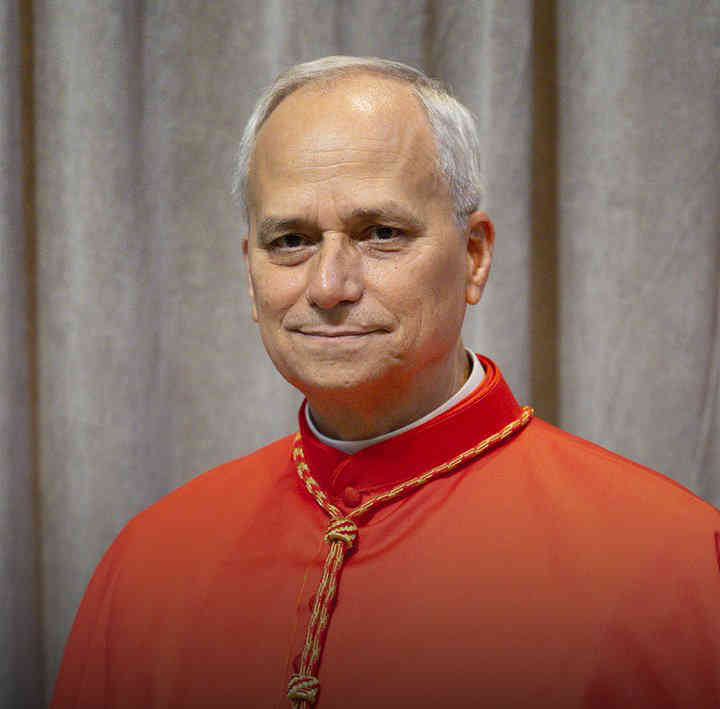Why Popes Change Their Name and What Is the Significance of Leo XIV
- Advertisement -
The world watched as white smoke rose from the Sistine Chapel, signaling the election of a new pope: Cardinal Robert Francis Prevost, now known as Pope Leo XIV. While the ceremonial elements of his ascension were rich in tradition, one symbolic gesture stood out—the choice of his papal name.
The decision to adopt a new name upon becoming pope is far more than a formality. It is a profound act rooted in centuries of Catholic history, carrying theological, historical, and pastoral significance. As the Church welcomes its new leader, attention turns to the name Leo XIV, and what it could mean for the future of global Catholicism.
Why Do Popes Change Their Names?
- Advertisement -
Though not mandated by Church law, changing one’s name upon papal election has become a long-standing tradition in the Roman Catholic Church. The practice began in 533 AD when Pope John II renounced his birth name, Mercurius, which had pagan roots.
Key reasons popes change their names:
- Symbolic rebirth as the spiritual head of the Catholic Church
- A chance to align with a legacy or emulate a previous pope or saint
- To communicate the themes and direction of their papacy
- Advertisement -
Much like biblical figures—such as Saul becoming Paul or Simon renamed Peter—the new name represents a divine calling and transformation.
✝️ Historical Origins of Papal Name Changes
The first recorded instance of a papal name change, by Pope John II, set a precedent for future pontiffs. Over time, the tradition became entrenched as a way for popes to:
- Advertisement -
- Distance themselves from controversial associations
- Embrace names that resonate with spiritual reform
- Adopt titles that offer reassurance during turbulent times
Fewer than 10 popes have retained their birth names. For instance, Pope Marcellus II in 1555 and Adrian VI in 1522 are rare examples who did not alter theirs.
👑 The Significance of the Name “Leo XIV”
The newly elected pope’s decision to take the name Leo XIV is rich with meaning and draws directly from Pope Leo XIII, a pivotal figure in Church history.
Key Associations with the Name Leo:
- Advertisement -
- Pope Leo I (Leo the Great): Strengthened papal authority and defended Rome from invaders
- Pope Leo XIII: Known for championing social justice, workers’ rights, and engaging with the modern world through the 1891 encyclical Rerum Novarum
By aligning with this legacy, Pope Leo XIV signals an intention to:
- Address global inequality and labor conditions
- Tackle modern ethical dilemmas, such as artificial intelligence and climate change
- Foster dialogue within the Church and across faiths
His name implies a strong, reform-driven leadership, rooted in both tradition and progress.
Who Is Pope Leo XIV?
Born Robert Francis Prevost in Chicago, USA, Pope Leo XIV is the first American pope in the history of the Catholic Church.
Background Highlights:
- Born in 1955, former Augustinian priest
- Served as Bishop of Chiclayo, Peru, where he advocated for indigenous rights and pastoral outreach
- Most recently led the Vatican’s Dicastery for Bishops, overseeing global bishop appointments
His selection reflects a shift towards a more globally representative papacy, echoing the reach of Pope Francis, his immediate predecessor.
🚫 Are Any Papal Names Off-Limits?
While there is no official list of banned names, tradition discourages certain choices.
- The name Peter II has never been used, out of reverence for Saint Peter, the first pope, and due to apocalyptic prophecies suggesting “Peter the Roman” will be the last pope.
- Names associated with controversial historical figures, like Urban VIII (linked to the persecution of Galileo), are also typically avoided.
📢 How the Name Is Announced
Following the conclave’s decision, the senior cardinal deacon appears on the central balcony of St. Peter’s Basilica to deliver the iconic Latin phrase:
“Habemus Papam – We have a pope!”
The full announcement includes:
- The pope’s baptismal name, translated into Latin
- His newly chosen papal name
- The traditional final word: “Franciscum” (or the new name, in Latin)
In the case of Pope Leo XIV:
- “Robert Francis Prevost” was presented in Latin as Robertum Franciscum
- His papal name was announced as Leo Quartus Decimus
📊 Most Popular Papal Names in History
Some names carry more weight due to frequent use and historic success:
| Papal Name | Number of Popes |
|---|---|
| John | 21 |
| Gregory | 16 |
| Benedict | 15 |
| Leo | 14 (with Leo XIV) |
| Innocent | 13 |
The name Francis, chosen uniquely in 2013, marked the first usage in papal history, breaking a pattern that had lasted over 1,000 years.
🧭 What This Means for the Church
Pope Leo XIV is expected to prioritize:
- Social justice and protection of the poor
- Ethical debates around technology and artificial intelligence
- Greater involvement of the Global South in Church leadership
- Environmental stewardship and climate action
His papacy begins at a time of profound challenge and transformation for the Church, and his name hints at a bold, reformist agenda balanced by theological consistency.
🔍 Conclusion: A Name That Signals Direction
The name Leo XIV is more than a formality—it’s a powerful declaration of intention, alignment, and inspiration. As Pope Leo XIV steps into one of the world’s most influential spiritual roles, his choice pays homage to the Church’s past while casting a hopeful vision for its future.
From American roots to global responsibilities, his leadership may well define Catholicism’s engagement with the modern world for decades to come.
- Advertisement -


